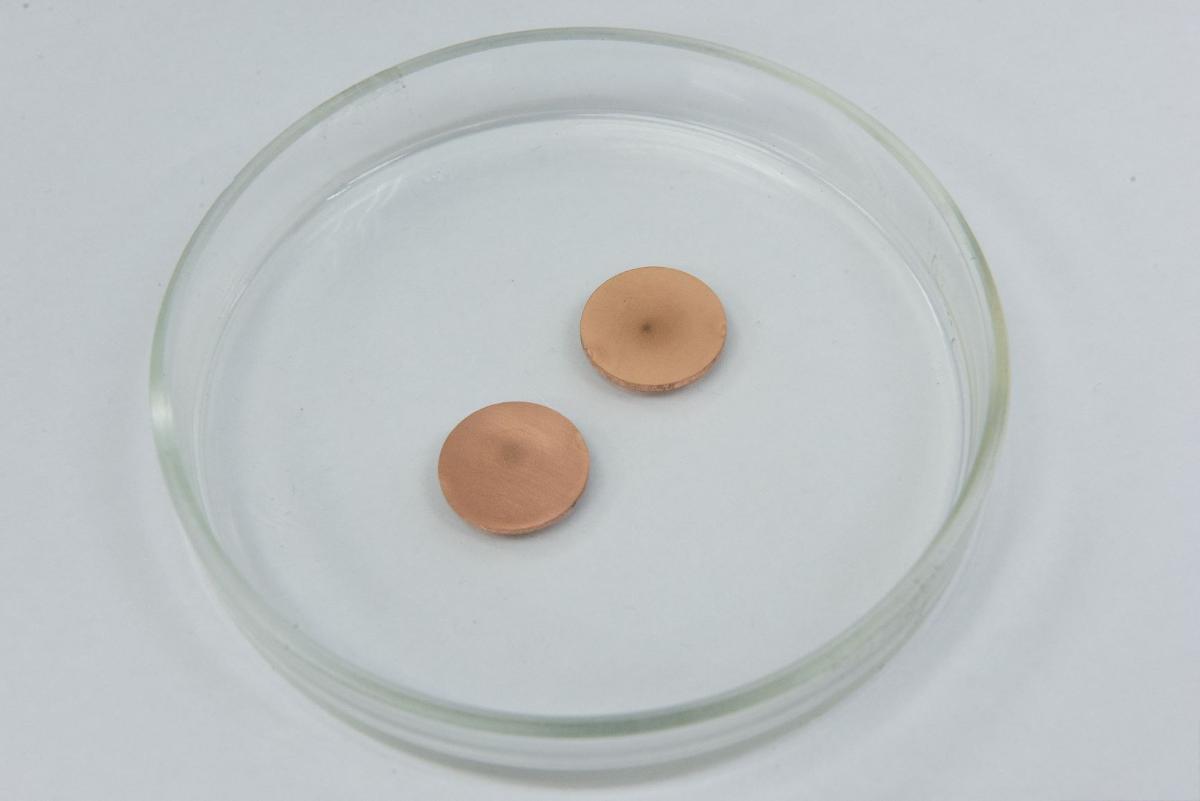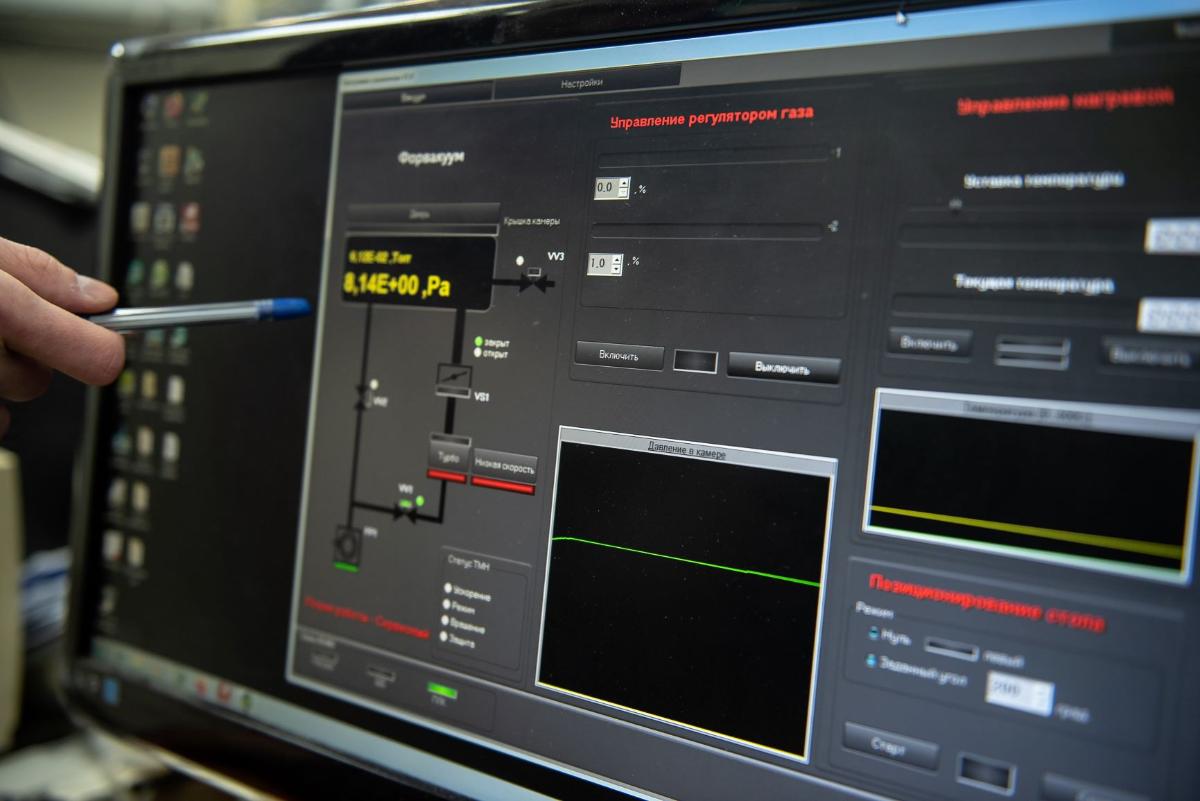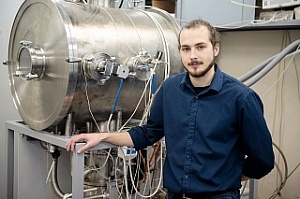TSU researchers from the Laboratory of Chemical Technologies and the staff of the Institute of High Current Electronics SB RAS have created a new protective coating that is resistant to temperature extremes and has high chemical resistance to many solvents. It can be used to protect against premature corrosion of electrical printed circuit boards and electronic components operating in high humidity and extremely low temperatures. In particular, the new coating can improve the reliability of equipment used in the Arctic.
- Nowadays, various paints and varnishes based on epoxy resins, polyurethanes, or polyacrylates are often used as protective coatings,- explains Daniil Zuza, one of the project executors, a staff member of the TSU Laboratory of Chemical Technologies. - They are applied by aerosol spray, by brush, or by dipping the printed circuit board into the solution. These methods of application have significant drawbacks, for example, it is often difficult to apply coatings to hard-to-reach places, which leads to defects that can lead to failure of the entire board.
Along with this disadvantage of traditional approaches is the formation of air bubbles inside the coating, which also leads to deterioration in the quality of the coating and especially in its electrical strength. Production usually takes place in several stages (application and curing) and takes from several hours to several days.
In our case, the coating is applied from the gas phase, - says Daniil Zuza. - We take a substance that we call a monomer (by analogy with polymerization in the traditional sense), evaporate it, and transport these vapors into the plasma, where various plasma-chemical reactions take place. As a result, active particles are formed, which are deposited on the substrate and form a coating. In time, this process takes no more than 30 minutes, and the coating is smooth and mechanically strong. The deposition takes place from the gas phase, so there is no problem with the penetration of the reaction gas into hard-to-reach places.
According to the developers, the new coating is able to protect electrical printed circuit boards and electronic components operating in aggressive environments - high humidity, temperature extremes, and chemically aggressive substances. Testing has shown that the coating retains its functional properties after thermal cycling in the air in temperatures from -196 ° C to +130 °C.
The scientists plan to continue research and expand the scope of the new coating, for example, for use in outer space to protect current-carrying parts of spacecraft.



